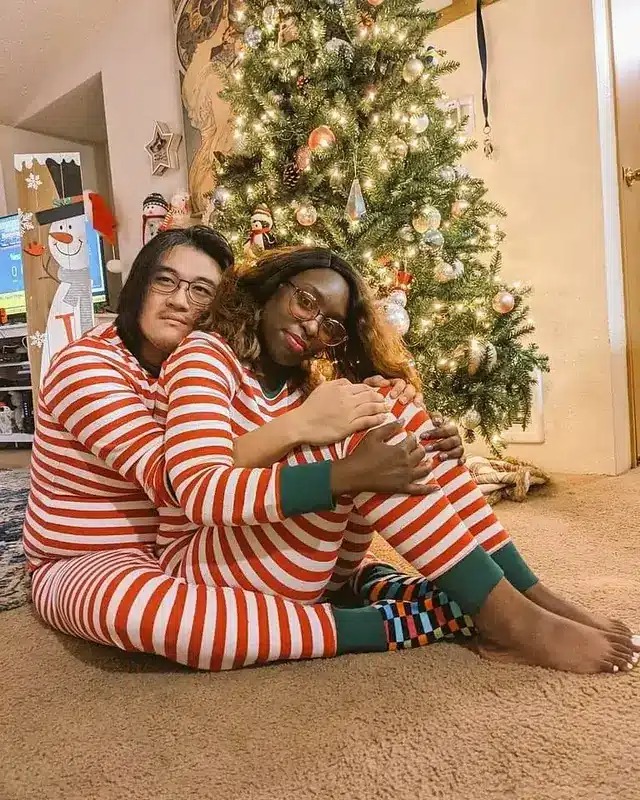We’re naturally drawn to people who are like us—a concept psychologists call homogamy. But mismatched couples, whether in terms of appearance, personality, or lifestyle, challenge that idea. What draws them together often goes deeper than surface similarities. In fact, big differences—like weight, age, or social background—may signal a desire to break societal beauty standards, heal personal insecurities, or find emotional balance in a partner.
Emotional Intimacy Over Appearances
Real intimacy is about emotional closeness, not just physical chemistry. It takes honest, judgment-free conversations about what each person truly needs from the relationship—sexually, emotionally, and otherwise.
Social Preferences
No couple has the exact same social battery. One might love parties, the other might recharge alone. The healthiest relationships acknowledge these differences and work toward a compromise that honors both partners’ needs.

Handling Stress and Crisis
In tough situations, one partner might stay calm while the other gets anxious. These different reactions don’t have to clash—they can actually complement each other if both people appreciate and trust how the other handles stress.
Communication Styles Matter
Some people want frequent check-ins and texts; others thrive with more space. Knowing and respecting each other’s communication rhythms can prevent unnecessary tension.

Different Ways of Solving Problems
When issues come up, one partner might want to talk it out right away, while the other needs time to cool off. The key is recognizing these styles and learning how to meet in the middle.
Sharing Power and Resources
Power imbalances—financial or emotional—can create resentment if not addressed. Open conversations and fair sharing of resources are essential for long-term trust.

The Bigger Picture
In the end, love often defies logic. What may seem like a mismatched pairing on the outside could actually be two people meeting each other’s deepest emotional needs in a way others can’t see. Relationships like these remind us that connection is about more than just similarities—it’s about understanding, acceptance, and growth.